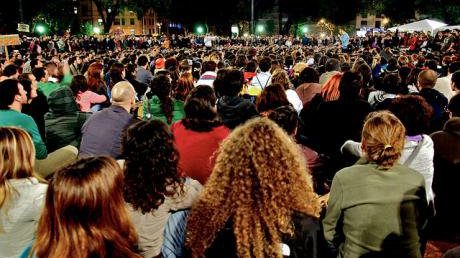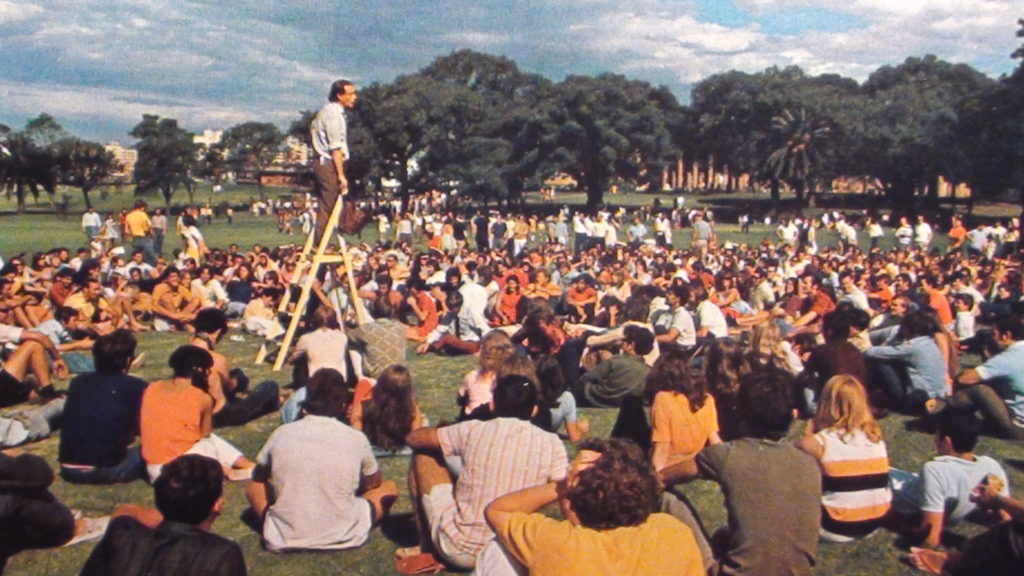There is what we could term a spatial side to the history of politics. More precisely, the history of democracy is closely related to certain urban spaces. Greek democracy, for instance, was not only born in the polis but within some specific spaces in it that allowed for large crowds to gather, listen and deliberate. The agora literally meant “meeting place”. In spite of the overwhelming role currently attributed to the cyberspace and its related phenomena (like fake news and post-truth politics), the virtual sphere still feeds to a large extent on events that take place in the material space. Movements like the Arab Spring, Black Lives Matter, or for that matter, the storming of the American Capitol, had first to occupy the streets before they could go viral. Some spaces are political by their very own design, such as parliaments, courts, voting stations and places of power in general. This corresponds to what Henri Lefebvre termed the “representations of space”: the conceptualized space imagined by urban planners and designers, whose typical mistake often consists of conflating what is conceived and what is lived. Other spaces, on the other hand, become political through the use that the social agents make of them. These are the espaces de représentation, namely spaces that are experienced by their users through images and symbols. Political spaces are socially produced by the political use that people make of them. The «places of democracy» are thus spaces of very different kinds in which the participation, representation and political contestation of a society take place, and they are therefore impregnated with concrete meanings.
This section of the project deals with the production of political space. At some points in modern history, the physical occupation and symbolic re-appropriation of key urban spaces has become a decisive test for the democratization of societies undergoing swift political change. This was the case, for instance, of the social movements that took to the streets and seized for an extended period of time some central squares in several world capitals, from Tiananmen (Beijing) in 1989 to Taksim (Istanbul) in 2013. These struggles for democratization reflect a type of political performance that could be described as “agonistic” (Mouffe), as they reveal the competitive, adversarial and conflictual constituents of the political, not merely the consensual ones. Contrary to Lefebvre’s belief in the passively experience of predesigned/conceived spaces («a space that the imagination seeks to change and appropriate”; La production de l’espace, 1984) the fact is that by using the spaces designed by urban planners and public authorities, the people re-appropriate them and turn them into lived spaces with new symbolic and practical meanings. The possibilities that each type of space offers for its material and symbolic appropriation is something to be reckoned with



